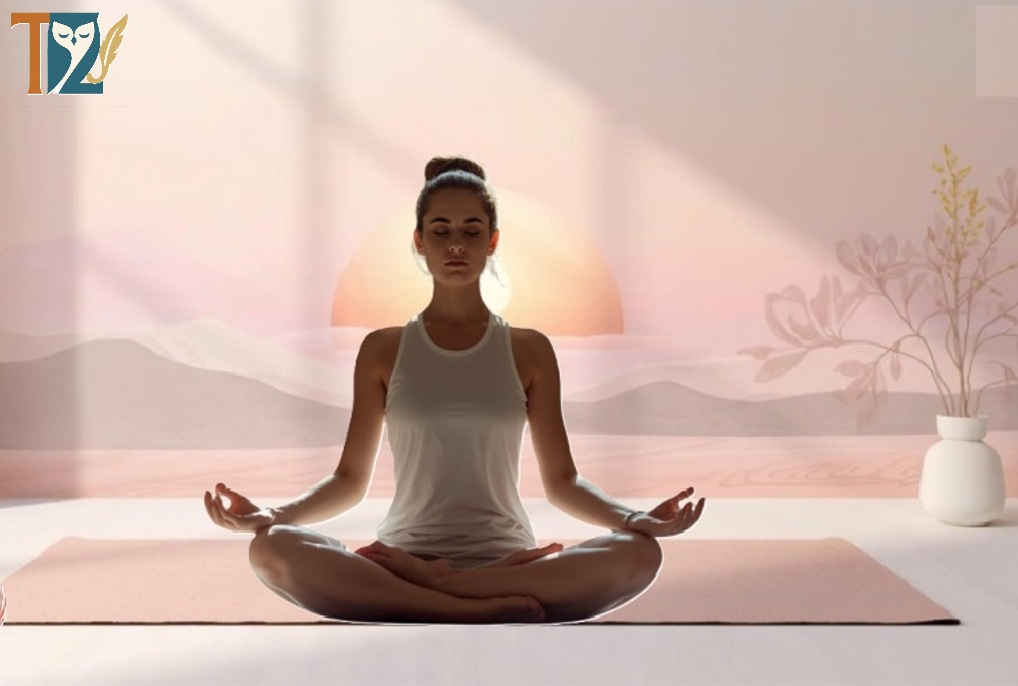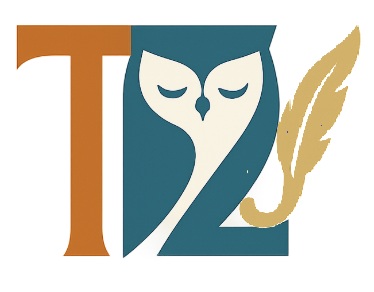Picture this: you step into your first yoga class feeling confident. You’ve seen people doing headstands on Instagram and thought, “Wow, that looks impossible!” But then, the teacher asks you to sit in something called Lotus Pose, and suddenly you’re wondering if your legs were put together correctly at all.
Welcome to one of yoga’s biggest surprises — a pose that looks like simple sitting, yet humbles even the most confident beginners.

Why Lotus Pose Can Feel Harder Than a Headstand
Most people assume the hardest yoga poses are the dramatic ones — handstands, backbends, or those impressive arm balances. But here’s the truth: Lotus Pose (Padmasana) often proves to be more challenging for modern bodies than standing on your head.
This “simple” seated position, where each foot rests on the opposite thigh, has been quietly humbling yoga students for centuries.
And why does this matter for beginners? Because it highlights a key lesson: the poses that look easy are often the ones that require the most patience, preparation, and respect. Flashy Instagram moments aren’t the foundation of yoga — steady, grounded postures are.
The Anatomy of Challenge
Modern lifestyles have shaped our bodies in ways that make Lotus Pose especially difficult. Hours of sitting in chairs, driving, and walking on flat surfaces mean our hips often become stiff, our hip flexors tight, and our glutes underused.
Lotus Pose requires:
- Hip external rotation (thighs turning outward)
- Deep knee flexion (without strain)
- Flexible ankles allow the feet to rest comfortably on the thighs
- A tall, upright spine
That’s a lot of coordination! Compare this to a headstand, which mainly requires strength and balance. With enough practice, a headstand becomes achievable. Lotus, however, demands long-term structural changes in your joints, muscles, and ligaments. For many, it can take months — even years — of safe preparation.
👉 Click here to find mindful yoga accessories that make every posture more comfortable and supportive.
The Hidden Strength in Stillness
Lotus isn’t only about flexibility. It quietly demands strength and stability:
- Core muscles hold your spine upright without back support.
- Hip stabilizers help keep your legs in position.
- Erector spinae muscles along the spine maintain posture over time.
- Even your breathing muscles are challenged, since tight hips and strain can make deep breathing harder.
This is why many people force themselves into something that looks like Lotus, but find they can’t maintain it comfortably — posture and breath give them away.
The Mental Challenge
Unlike headstand, where progress is visible (holding longer, balancing better), progress in Lotus often feels slow and invisible. This can be frustrating.
You might question your body, compare yourself to others, or feel impatient. Yet this is precisely where Lotus offers its deeper teaching: patience and acceptance.
Your body will open in its own time. Forcing it only leads to injury. Respecting your process is part of the practice itself.
Preparing for Lotus Pose
Despite how it looks, Lotus is not a beginner’s pose. It should be approached with patience and preparation.
Helpful preparatory poses include:
- Bound Angle Pose (Baddha Konasana) – gently opens the hips.
- Pigeon Pose – lengthens the hip flexors and opens the outer hips.
- Half Lotus Pose – introduces the shape gradually, with less strain.
Equally important: strengthen your core and back with poses like Boat Pose. Flexibility without strength risks injury, while strength supports the posture with stability and ease.
👉 Enhance your flow with carefully chosen yoga accessories — click here to explore what’s right for you.
The Lesson of Lotus Pose
The real gift of Lotus Pose isn’t about achieving a picture-perfect shape. It’s about:
- Working with your current body, not against it.
- Noticing small progress: a little more hip mobility, sitting taller for longer.
- Setting process goals (“I’ll practise hip openers regularly”) instead of deadlines (“I’ll master Lotus in six months”).
- Understanding that everybody is different — some may never find Lotus safe, and that’s completely okay.
The wisdom of yoga lies in knowing the difference between safe edges to explore and boundaries to respect.
Final Thought
Lotus Pose reminds us that yoga isn’t about perfection — it’s about the journey of awareness, patience, and growth. Some may find Lotus accessible in time, while others may choose variations or props. Both paths are equally valid.
Instead of asking, “When will I get into Lotus?” ask yourself, “What am I learning along the way?”
Because, in yoga and in life, the practice itself is where true transformation happens.
🙏 “Subscribe to The Zen Journal for more calming practices and mindful inspirations, delivered gently to your inbox.”
👉 Discover essential yoga accessories designed to bring ease and balance to your daily practice — click here to explore.
